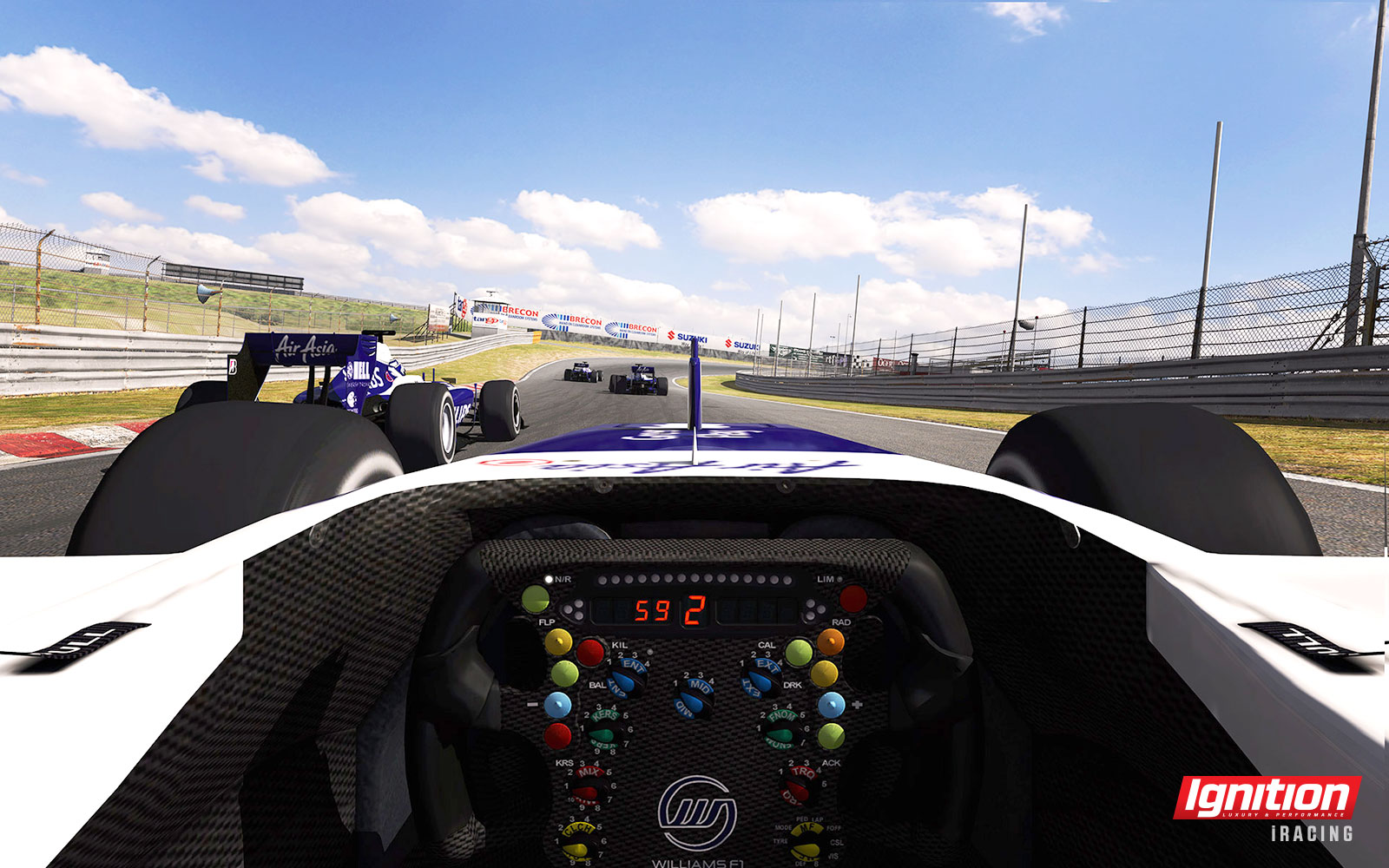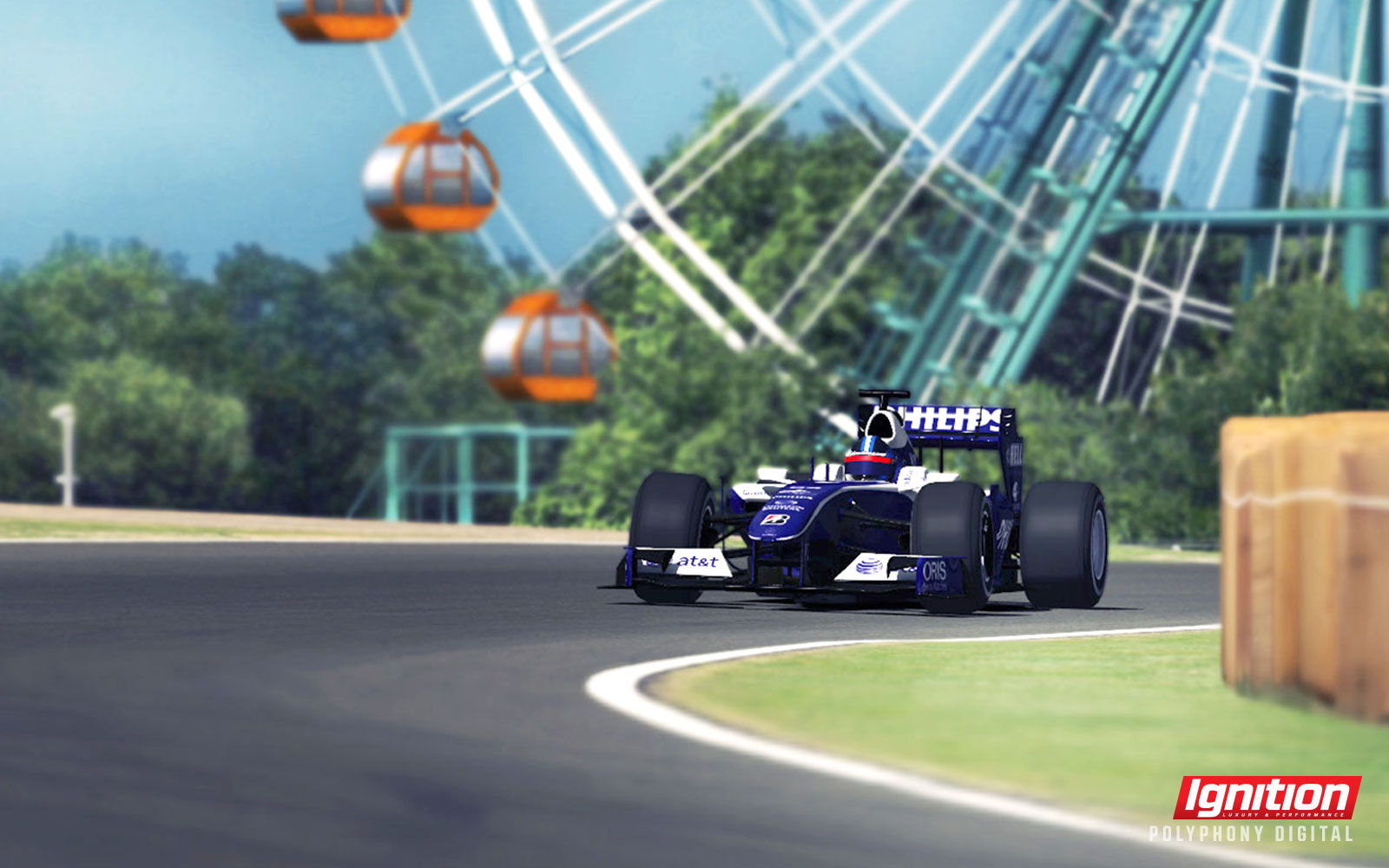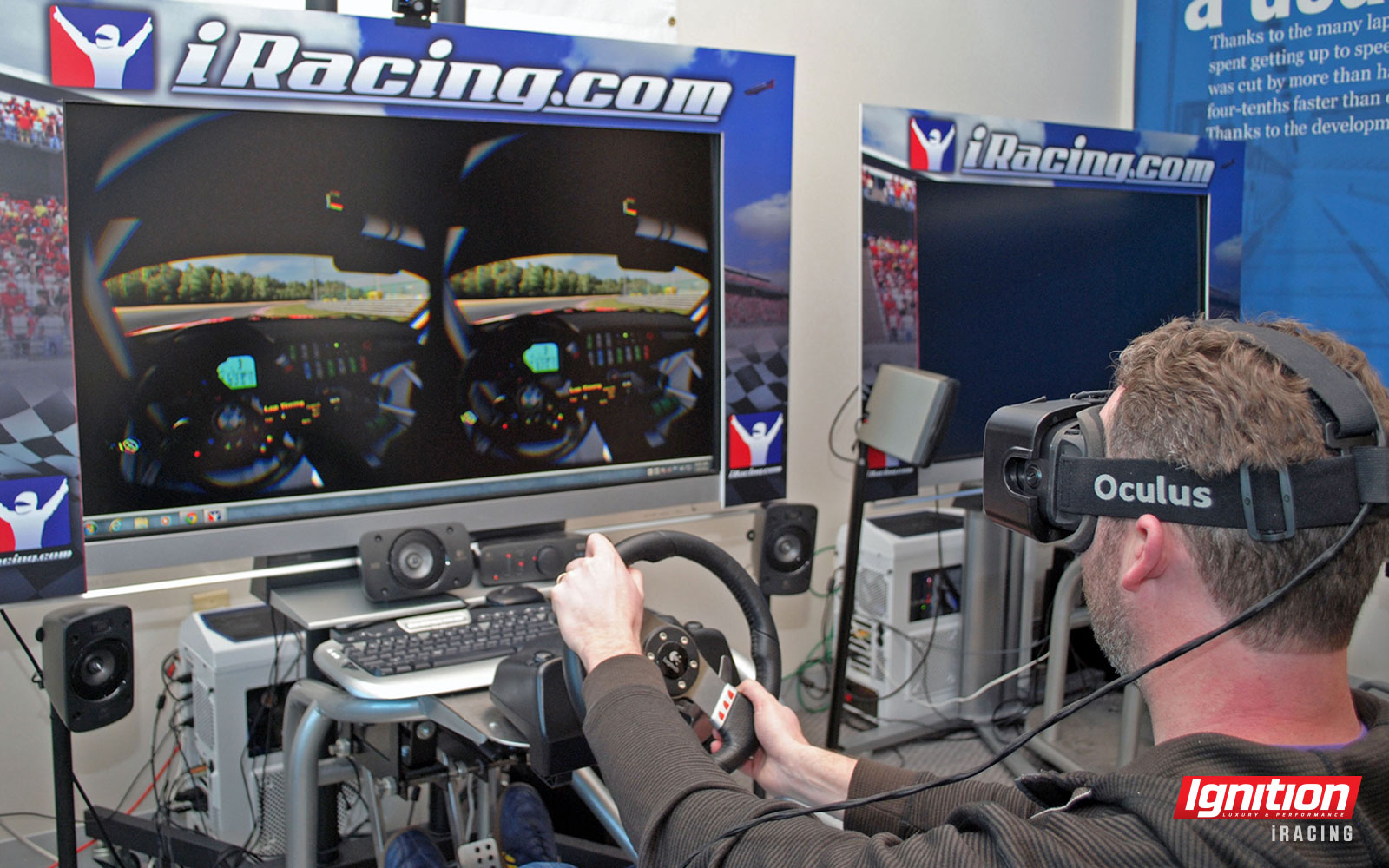
Technology blows my mind on a daily basis. Every morning I read about new discoveries and technologies that amaze and inspire me. One technology I didn’t think would make it into my generation with any refinement was virtual reality headsets. But I just started using one with my favourite racing simulator – iRacing – and I have to tell you, this is a new level of reality.
The Oculus Rift is a device which, through the use of an internal yaw sensor and external tracker, is able to perfectly track your head movements and project an image that smoothly and naturally displays what you are looking at. Suddenly you feel immersed in a new world or, in my case, in the cockpit of a Williams Formula 1 car.

Where it would have previously been awkward and impractical to look around the apex of a hairpin and spot the exit, the Oculus Rift lets you spot the exit and straighten your head out as the car rounds the corner, allowing the insane speeds of the Williams to now be somewhat manageable. Mosport is clearly the track to run this car at, as corners one, two, four and half of eight are essentially flat-out. This is a car where you need to be looking far, far ahead if you want to have any chance of survival. And with the Rift it is totally natural. The laps are more consistent and significantly more intense as you are much more engaged with the car.
Most of my friends who have tried it to date have screamed and taken their hands off the wheel at an impeding crash – it’s that real!

The problem with simulators is that they have always been too distant, too disconnected. It was so easy to crash because there was no sense of speed. Many companies have tried to shake and vibrate the user with huge and expensive motion machines, but that has always seemed too delayed and out of sync for me (perhaps it’s the systems I have used). The inputs you get from these machines need to be perfectly matched with what the car is actually doing in the sim – within thousandths of a second – or else your brain is going to sense a conflict and have trouble using that stimulation as anything completely useful.
I was worried the Rift would be this way, too. Delayed motion when looking around would be just about the worst thing possible, and would certainly lead to nausea. But the motion is perfect. Even my fiancée, who is normally incapable of leaving pit-lane without crashing, was able to turn some relatively clean laps around Daytona. It gives the connection to the sim that we have been lacking for so long.

Right now the Oculus Rift is an in-development unit, but I am incredibly excited about it. My only hope is that the finished version has an even higher resolution, as right now you can easily see the pixels – about the only thing reminding you that you are in a virtual world.
There are other VR headsets out there, and I have a strong suspicion these will revolutionize gaming and – what we are most interested in here – sim racing.
The addition of VR headsets to sim racing reinforces my stance that they are the most effective training tool for a driver out there. The cost is next to nothing. When compared to the cost of running a real car, it’s not even relevant.

The tire models have improved to the point where cars react in exactly the same fashion to those of a real car, so the habits and skills you develop in the simulator transfer over to a real car quite effectively. The tracks are laser scanned and almost perfect – right down to the bumps.
My most significant testament to the effectiveness of racing sims is the fact that I was able to set a new race lap record at VIR last year after having never been there, in the extremely competitive IMSA Continental Tire series.

I was driving the Mantella Autosport Aston Martin and had only two hours of seat time to “master” the track before the race. Thanks to iRacing, it was more like two hours of learning the Aston on a track I already knew. With how cheap and accessible it is, you can afford to have a sim setup in your house and the ability to put in as many hours as you want, thus reducing the amount of expensive track time that is needed to get up to speed.
Your wife will look at you like you’re a child playing video games, but when she does, just show her this article (and buy her flowers, you’ll be busy for a while).























